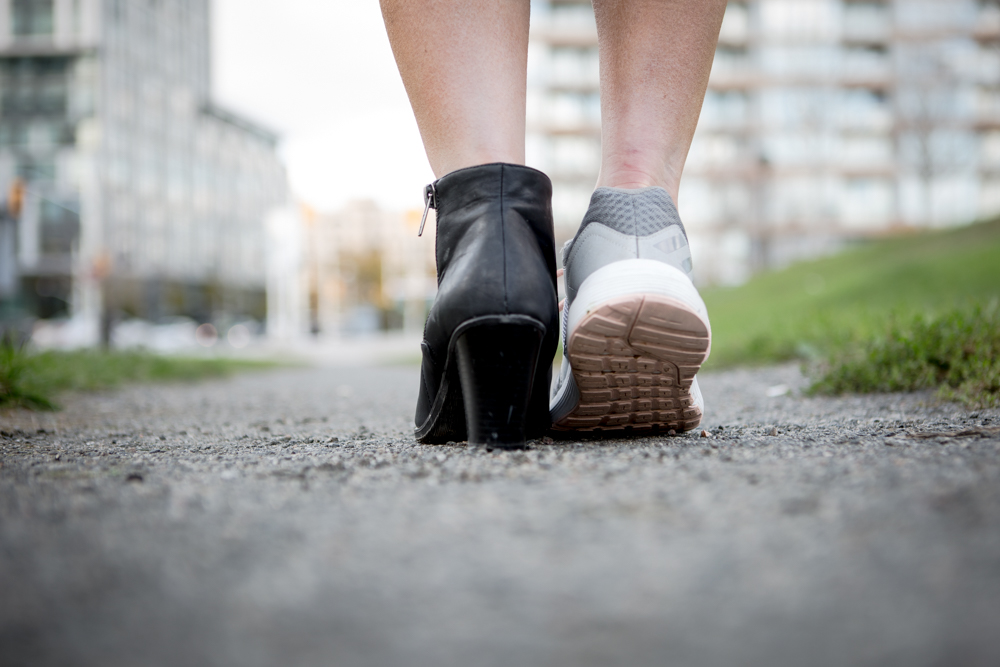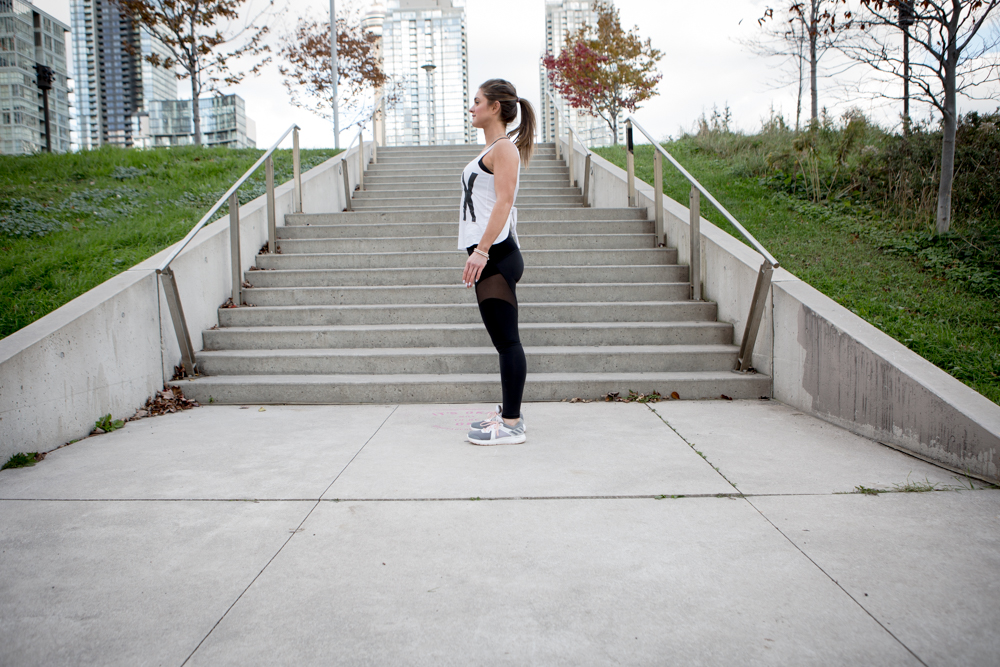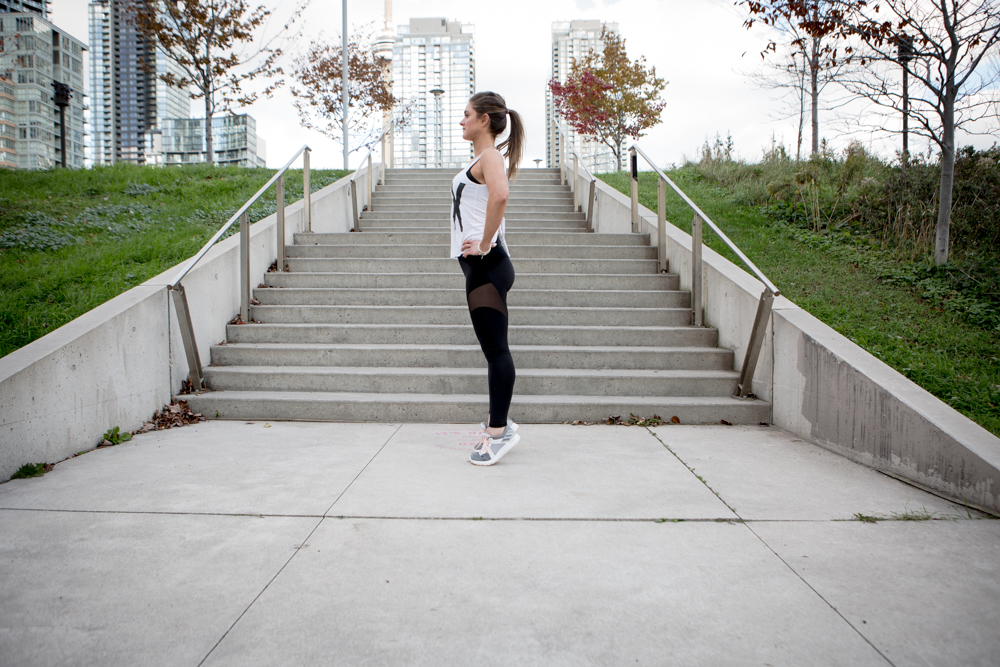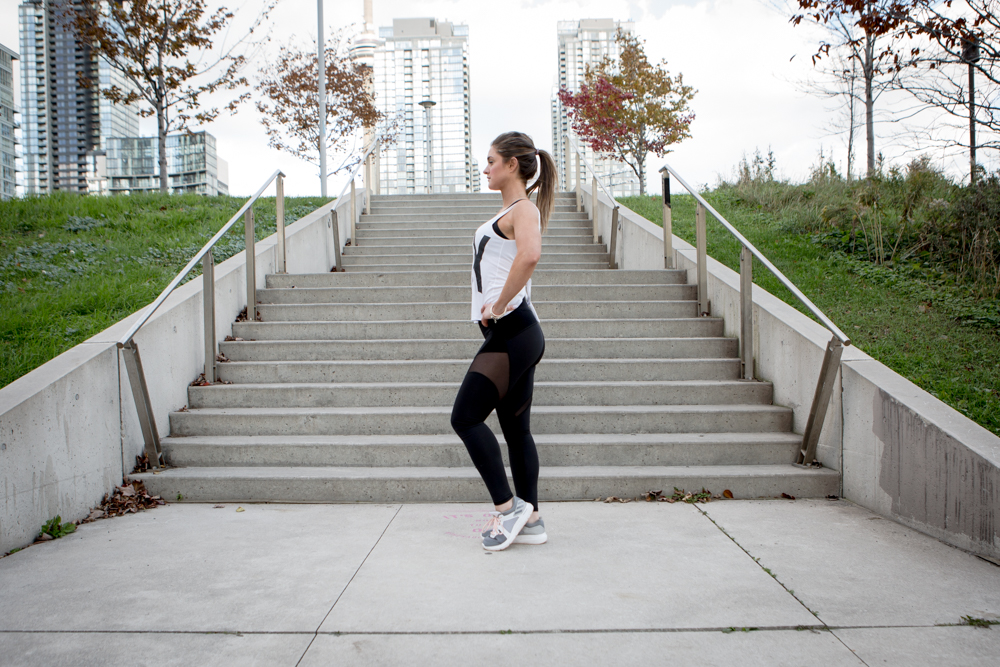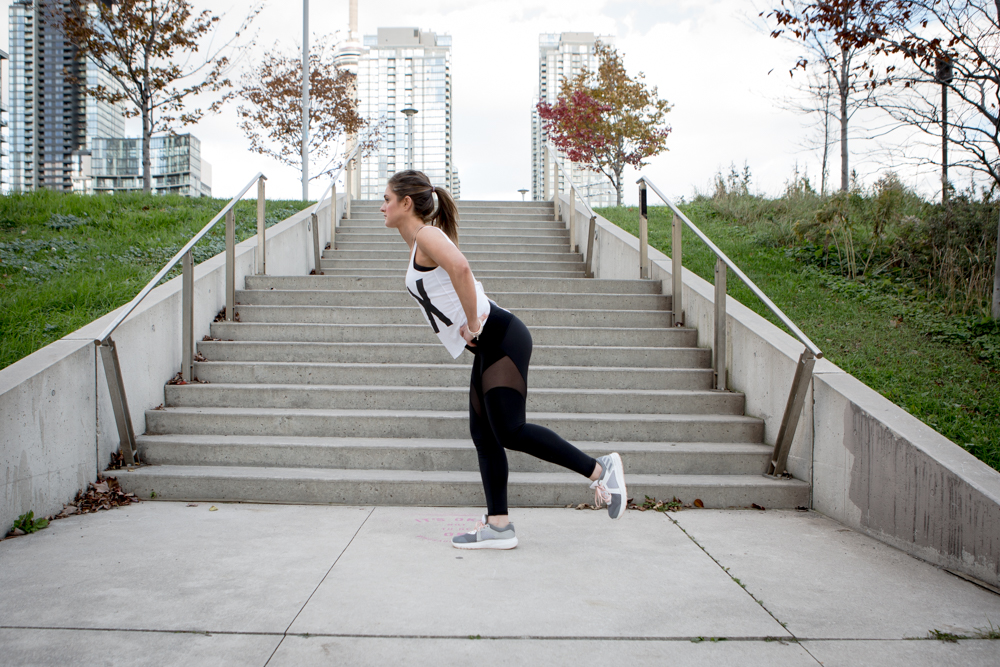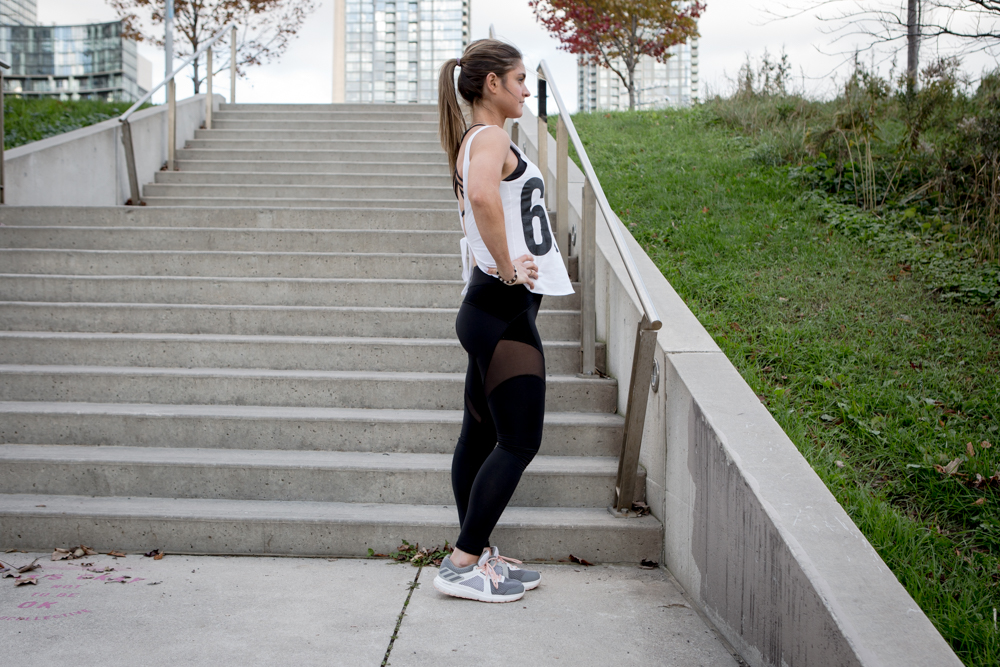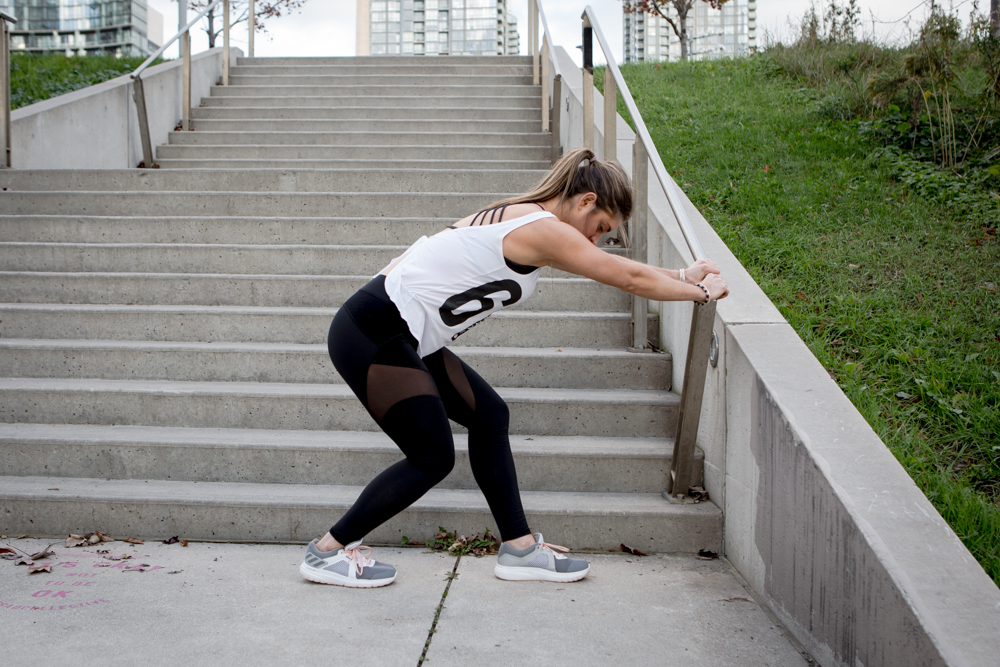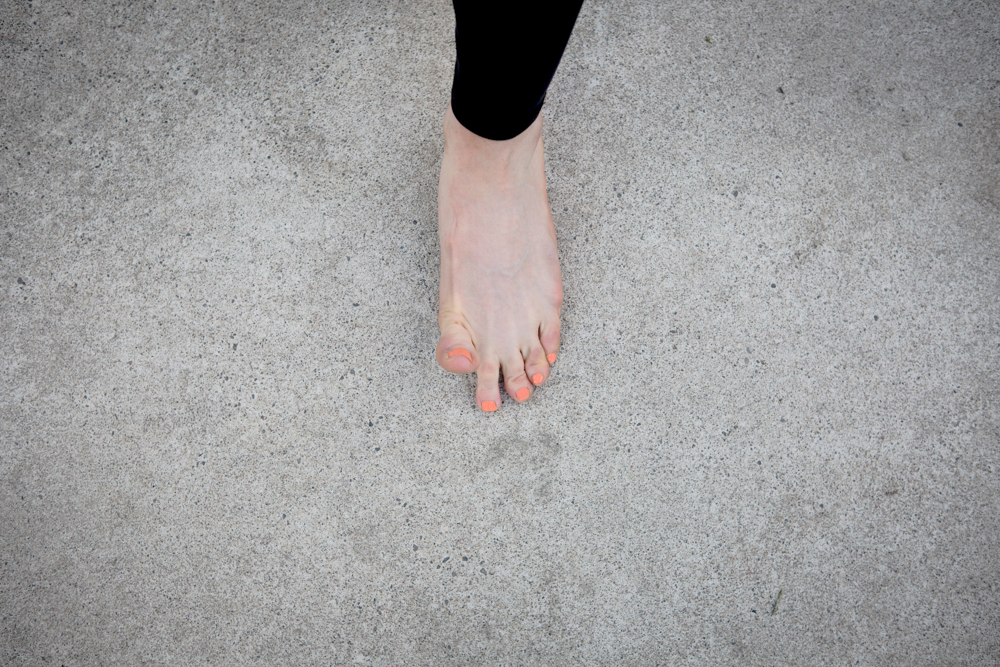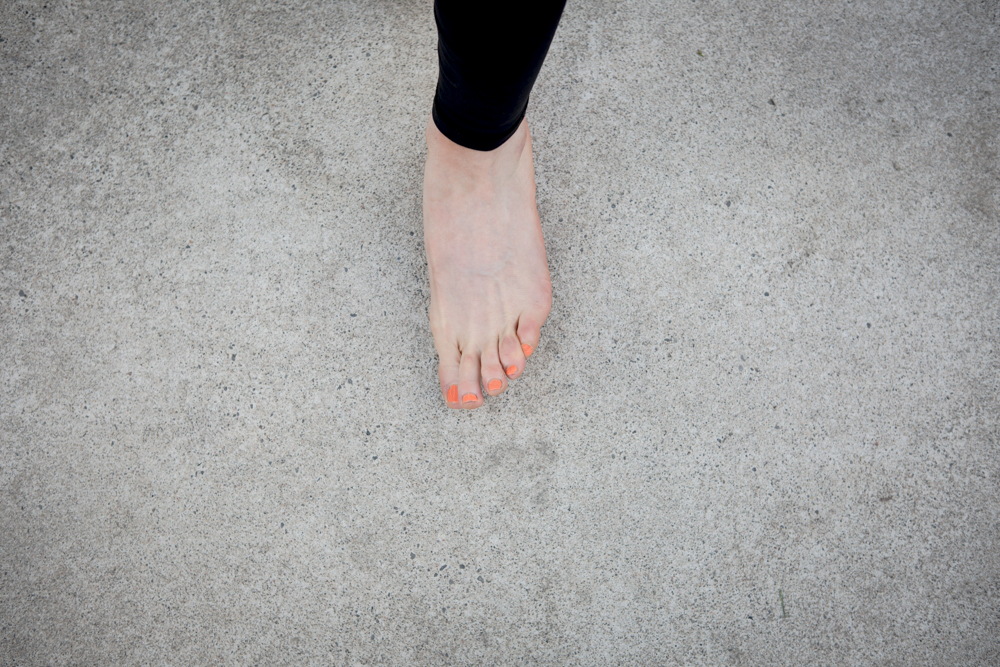Hypermobility Explained:
More Than Just Party Tricks?
When does a party trick turn into a pain?
Understanding hypermobility and when it’s time to seek help.
We all have that friend who moves their joints in strange ways. Their classic party tricks include twisting their body into all sorts of shapes like hyper-extended elbows, knees, and thumbs.
These wildly mobile individuals are often labeled double-jointed when in fact, they have hypermobility. But what does that mean? And what, if any, are the risks?
What Is Hypermobility Syndrome?
The main risk of being hypermobile is developing hypermobility syndrome. The syndrome manifests when you have excessive joint mobility combined with debilitating symptoms. There is no issue with having joints that move beyond “normal”. Just ask dancers, yogis, musicians, and gymnasts – many will attest to benefiting from an increased range of motion. But when problems begin to arise, then it becomes a syndrome.Increased “laxity” in the joints is often associated with other hypermobility disorders such as Ehlers-Danlos Syndrome, Marfan Syndrome, and Rheumatoid Arthritis (this list is not exhaustive). These disorders tend to appear due to genetics, affecting the strength of collagen in our body. When collagen becomes weak, our ligaments and joints become loose and stretch, leading to hypermobility.
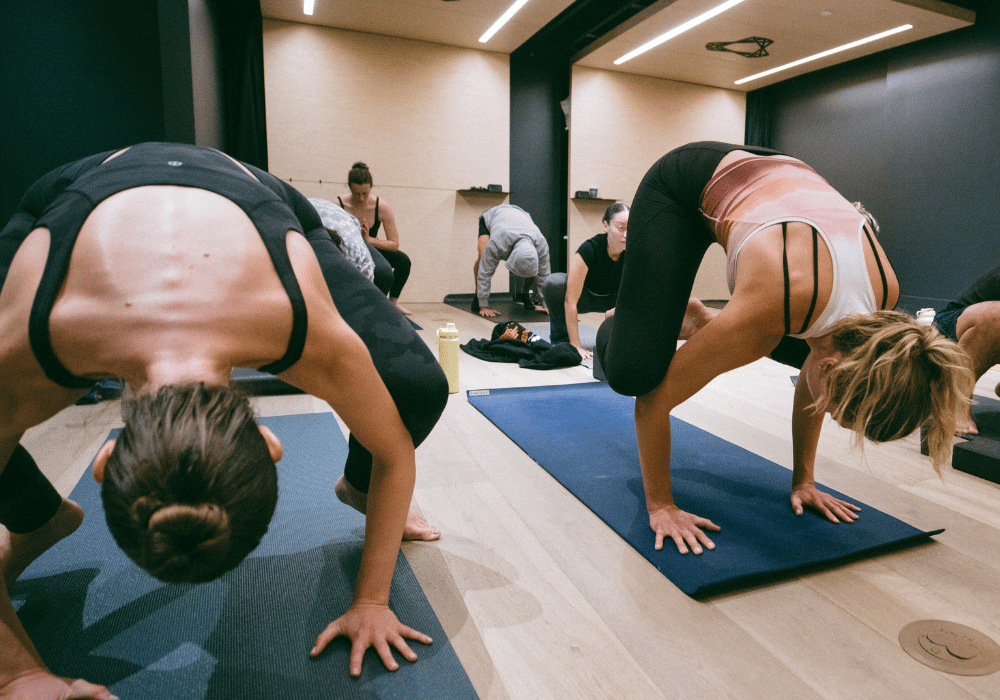
What Are The Risks And Symptoms?
Though being hypermobile in itself is not bad, it becomes a problem if you present:Who Is Most Affected?
Children and adolescents, specifically females, tend to present with the syndrome more than adults. In fact, hypermobility tends to reduce as we age. It is believed that hormonal changes over time affect collagen strength in the body and reduce hypermobility symptoms.What Can You Do About It?
You can think of hypermobility syndrome as over-indexing on the amount of space a joint can move within. The more range of motion (or “space”) you have at a joint, the more you need to strengthen and stabilize the area to reduce the risk of overuse and injury.Compound weight lifting and stability training can significantly improve symptoms. Speaking to a physician and physical therapist will be your main source to help create a plan for managing hypermobility.


